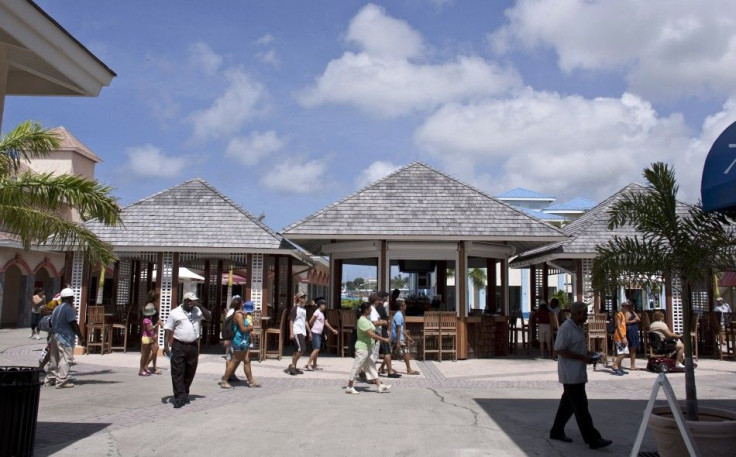Nevis Robbery of Justice Breyer: How Safe is the Caribbean?

Supreme Court Justice Stephen Breyer was robbed by a machete-wielding intruder at his vacation home on the Caribbean island of Nevis last week, a Supreme Court spokeswoman said Monday.
The 73-year-old was with his wife Joanna and guests when they were confronted by the intruder around 9 p.m. EST Thursday in the family's Nevis home, estimated to be worth between $100,000 and $250,000 on Breyer's annual disclosure.
The robber left the property with around $1,000 cash, though no one was harmed.
The St. Kitts-Nevis Observer said local law enforcement had been notified when the Breyers arrived on island, as is customary, but it was unclear whether there was security with the justice.
There have been no arrests in the case, though FBI agents and the U.S. Marshals Service are involved in the probe of the incident. The Nevis police department and local news reports indicated that there were other robberies and break-ins in the area around the same time.
Breyer is now back in the U.S.
The 36-square-mile island of Nevis is a popular vacation spot for Americans and the robbery highlights a growing concern for vacationers about the safety of the Caribbean Islands.
Although violent crimes are more common in the Caribbean than in the U.S., these types of crime are usually restricted to local neighborhoods and large metropolitan centers, not the typical tourist hotspots.
Common crimes against tourists, however, include pick pocketing, carjacking, and other forms of theft. These types of thefts aren't just restricted to the so-called dangerous Caribbean islands. The U.S. State Department advises all travelers to the Caribbean to take standard travel precautions, such as avoiding walking alone at night, wearing expensive jewelry, and leaving valuables in sight.
A good (but not fool-proof) indicator of the safety of an island is often the poverty level; more expensive islands like Barbados or the British Virgin Islands are often also the safest. These resort islands usually have gated communities and security staff on hand.
That's not to say travelers should only stay on the beaten tourist path. Even the so-called dangerous islands can easily be navigated by using common sense and intuition.
According to the United Nations Office on Drugs and Crime statistics on police recorded international homicide rates for 2010 or 2008, the safest islands in the Caribbean are Martinique, Anguilla, Antigua & Barbuda, Guadeloupe, and the British Virgin Islands.
At the bottom of the list is Jamaica, Trinidad & Tobago, the Bahamas, Puerto Rico, and Saint Kitts & Nevis. Cuba and Haiti are noticeably absent because statistics are not available.
Similarly to Jamaica, most violent crimes in Saint Kits & Nevis are removed from tourists and involve locals. The country's high murder rate is also a reflection of the population size; St. Kitts and Nevis reported 20 homicides with a population barely over 50,000, while similarly ranked Trinidad and Tobago reported 472 homicides with a much higher population of roughly 1.3 million.
According to the British Foreign and Commonwealth Office, the vast majority of tourists have safe trips to the Caribbean Islands so long as they take standard travel precautions like not walking alone at night, avoiding wearing flashy jewelry, and using safety deposit boxes.
© Copyright IBTimes 2024. All rights reserved.












